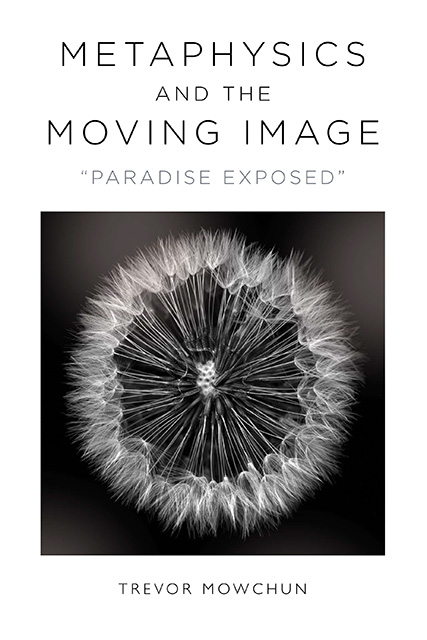Book contents
- Frontmatter
- Contents
- List of Figures
- Acknowledgments
- Introduction: The Death of God, the Birth of Film, and the New Metaphysics
- Chapter One Image Breakthrough: Disclosure and Derailment in Painting, Photography, and Film
- Chapter Two The Evolution of the Concept of “World” from Philosophy to Film
- Chapter Three Paradise Exposed: Psychic Automatism in Film Primer: “While the will is off its watch”
- Chapter Four Nature, Whose Death Shines a Light: Exteriority and Overexposure in The Thin Red Line
- Chapter Five “Mother, I am Dumb …”: The Reevaluation of Friedrich Nietzsche in The Turin Horse
- Notes
- Bibliography
- Index
Chapter Four - Nature, Whose Death Shines a Light: Exteriority and Overexposure in The Thin Red Line
Published online by Cambridge University Press: 19 October 2023
- Frontmatter
- Contents
- List of Figures
- Acknowledgments
- Introduction: The Death of God, the Birth of Film, and the New Metaphysics
- Chapter One Image Breakthrough: Disclosure and Derailment in Painting, Photography, and Film
- Chapter Two The Evolution of the Concept of “World” from Philosophy to Film
- Chapter Three Paradise Exposed: Psychic Automatism in Film Primer: “While the will is off its watch”
- Chapter Four Nature, Whose Death Shines a Light: Exteriority and Overexposure in The Thin Red Line
- Chapter Five “Mother, I am Dumb …”: The Reevaluation of Friedrich Nietzsche in The Turin Horse
- Notes
- Bibliography
- Index
Summary
Have mountains, and waves, and skies, no significance but what we consciously give them, when we employ them as emblems of our thoughts? The world is emblematic.
— Ralph Waldo Emerson, NatureFrom time to time I was afraid. That is the fault of a false view of life.
— Ludwig Wittgenstein, diary entry, May 6, 1916 (from an observational post during World War I)I. Introduction
In this chapter (the last of this scope) I turn my attention to the narrativizing of the world in its own image through the metaphysical figure of nature. My aim is to find the numerous threads and analyze the intricate workings of this figure as it unfolds throughout an entire film, The Thin Red Line (Malick, USA, 1998). To know what to look out for in this case and how to read the various permutations of this complex figure will require the lenses of theory (including those theories which I have developed up to this point) in addition to the vision of philosophy, one that sees film as doing philosophy—otherwise the metaphysics of nature can go no further than the poetics of “wind in the trees.”
The figure of nature functions in films which are, of course, set in nature but, more than that, are set on sending us back to nature through paradise's backdoor. This is nature understood not only as the beauty or poetry of the world in its own image, but the poignancy of the world in its own past image—the way the world was. Here the world of the film has gone on retreat, modern technology is packed and sent away, civilization is left in its own dust. From this perspective, even the city is riddled with cracks through which nature comes back to reclaim it, making the cinematic city into a montage of mud and cement, trees and buildings, sky and smog, green and gray colors. Of course, this return to nature still takes a view of nature that risks dominating it the way humans have always dominated it.
- Type
- Chapter
- Information
- Metaphysics and the Moving Image'Paradise Exposed', pp. 155 - 210Publisher: Edinburgh University PressPrint publication year: 2023



